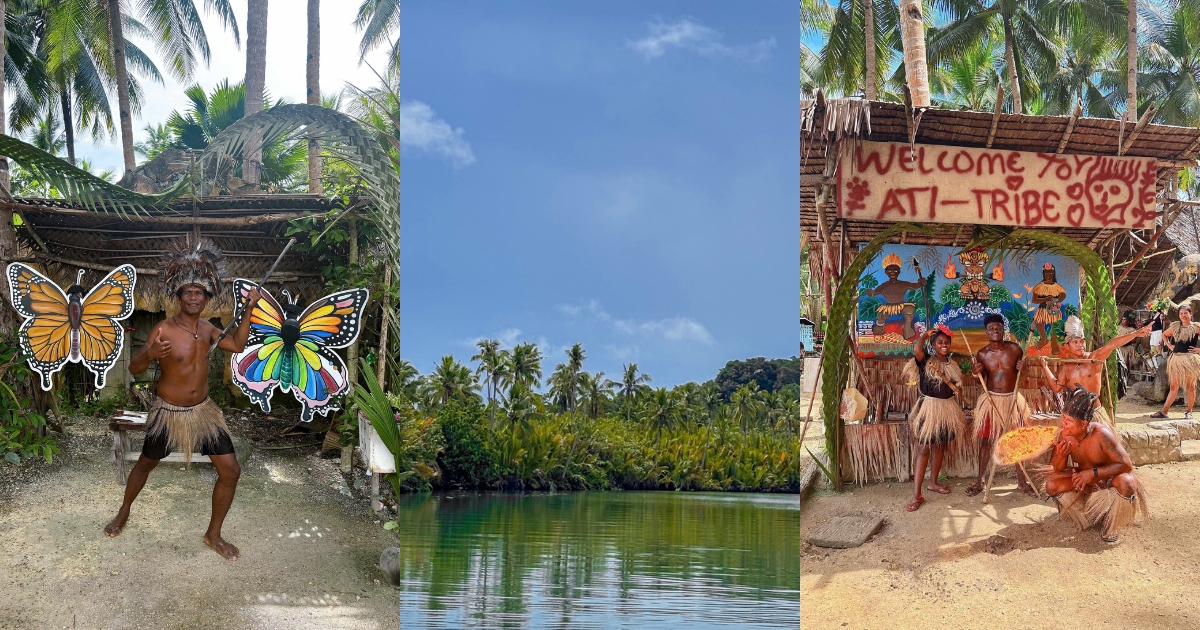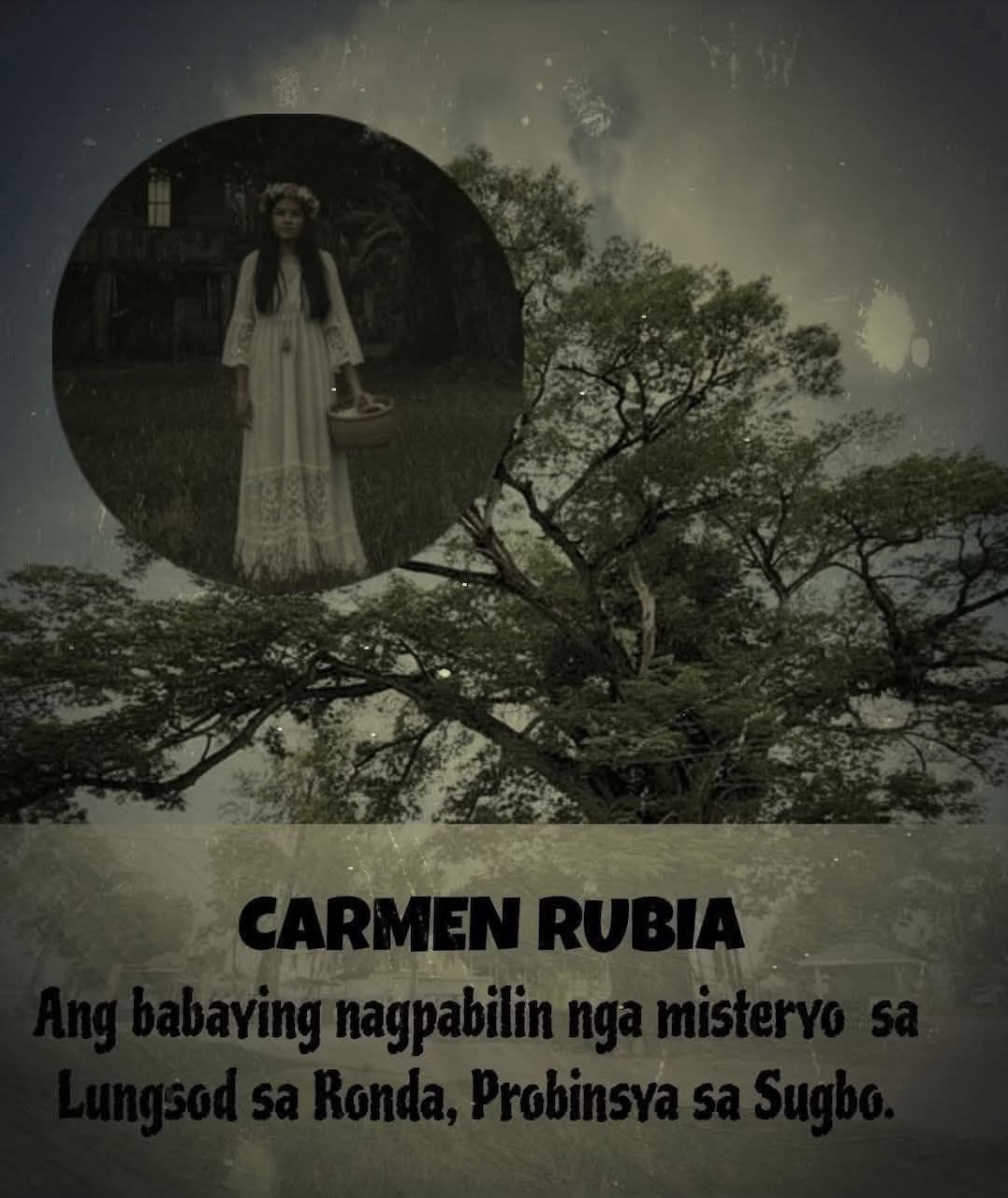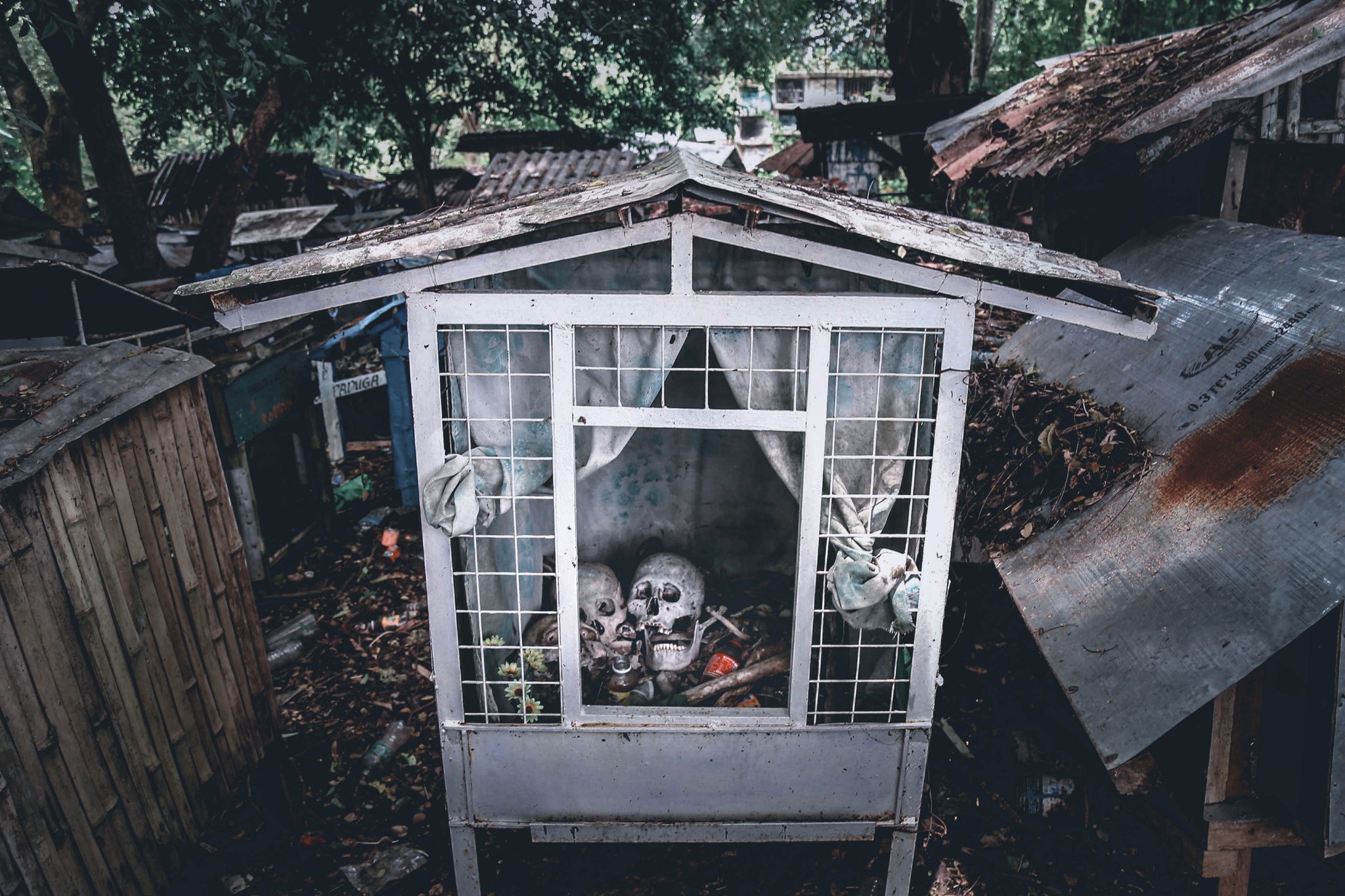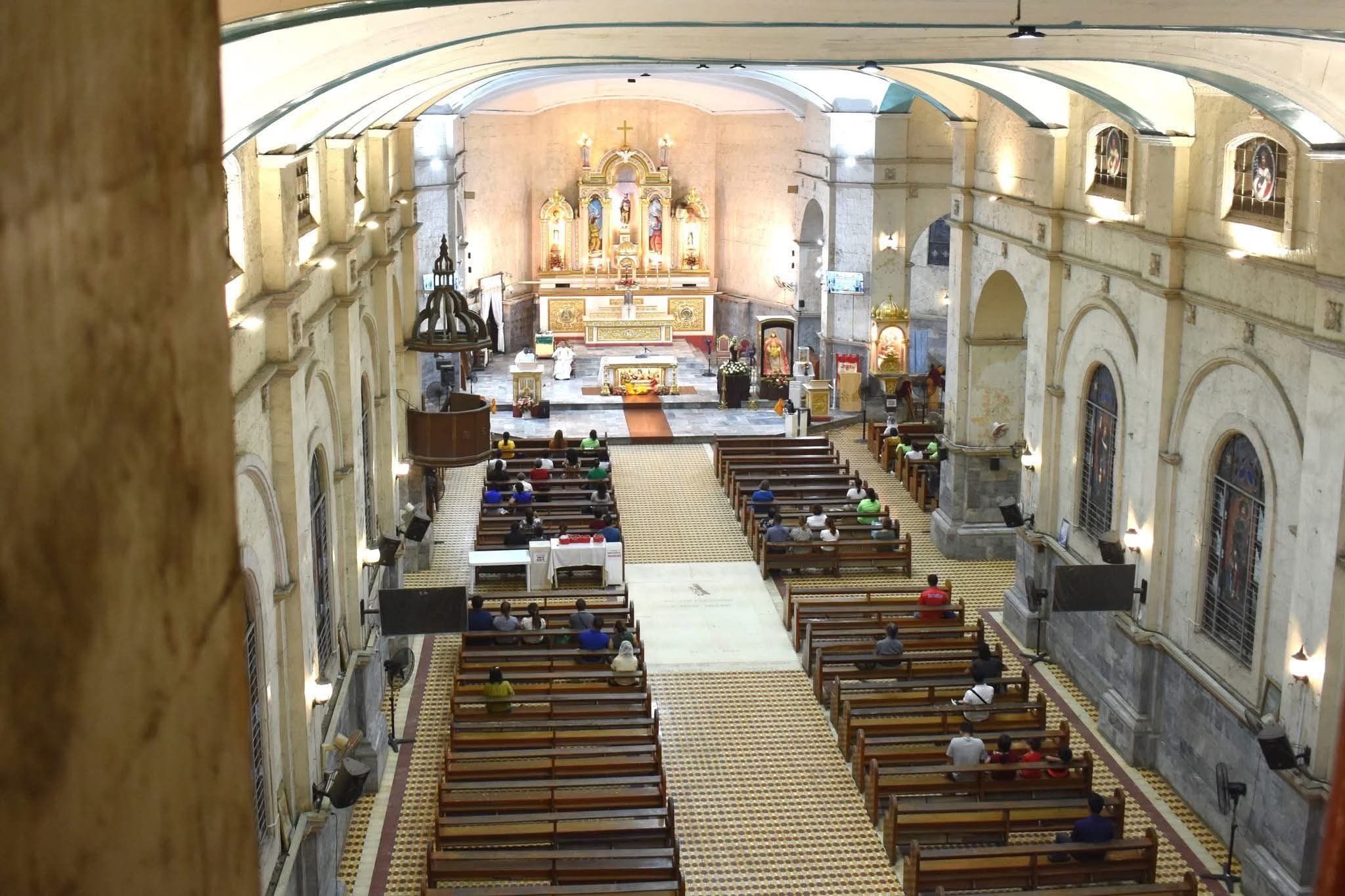LOAY, BOHOL – Along the serene banks of the Loboc River, the rhythmic beat of a drum signals a dance performance that is more than just a tourist attraction but a story of survival, resilience, and cultural preservation. Meet the Ati people, the Philippines’ first inhabitants, who have carved out a new life in Bohol with tourism playing a central role in their livelihood.
The Original Settlers
Categorized as “Negritos” by Spanish colonizers, the Ati people are the original inhabitants of Panay Island. Across the archipelago, these first settlers are known by various names such as Agta, Ayta, Ita, Aeta, Batak—all generally meaning “man.” Anthropological theories suggest their origins trace back to African pygmies who migrated via land bridges over 25,000 years ago during the last glacial age with other beliefs pointing to origins in India or New Guinea.
They are the predecessors to the Austronesian people, whose great maritime diaspora interconnected Southeast Asia, East Africa, and the Pacific. Physically, they are described as nomadic, dark-skinned, small in frame, standing between four to five feet tall, with flat noses and curly, kinky hair.
A Significant Historical Role
According to oral tradition, the Ati helped the Spaniards conquer the native Bisaya and, as a reward, the tribe was given a statue of the Santo Niño. This historical relationship is commemorated in the Ati-Atihan Festival, a festival named in their honor that celebrates the first appearance of the Roman Catholic Church and the Spaniards in the province of Aklan.
Where Are They Located?
The Ati traditionally live on Panay Island, which is located in the Visayas region, encompassing the islands of Cebu, Bohol, Siquijor, Leyte, Samar, Panay, Masbate, Negros and Guimaras. This area forms the central portion of the Philippine archipelago.
A Life of Adaptation and Tradition
Living in mountainous areas, the Ati had minimal interaction during the 400 years of Spanish colonization. Their traditional clothing was simple: women wore wraparound skirts, sometimes of bark cloth and men wore loincloths. Today, modern attire like T-shirts and pants is common, though traditional adornments like jewelry made from flowers or animal bones, particularly pig’s teeth, are still used.
Unlike their northern Aeta relatives who speak Sambalic languages, the Ati of Panay speak a Visayan language known as Inati. As of 1980, only about 1,500 speakers remained, and today, many are more fluent in Visaya and Kinaray-a.
The Ati are renowned in Panay as skilled practitioners of herbal medicine, often sought by locals for remedies, such as removing leeches from a person’s body.
The Journey to a New Home
The story of the Ati in Bohol began with one man, Leopoldo Segovia, who traveled from Antique, Panay to Loay before the 1970s to trade and farm. He returned with stories of Bohol that piqued the interest of his tribesmen.
In the 1970s, a group led by Carlos Sr. who is now the chieftain—embarked on a perilous 12-hour journey on a small wooden boat. “Their journey to Bohol as they recalled was not easy,” the account states. “They were met by huge waves, moody weather conditions and had to struggle to get to their destination.”
However, they faced challenges in their new home, including discrimination from some locals. As their community grew, they turned to farming and selling wood and indigenous medicinal products for economic survival. This practice of traveling to seek better opportunities, known as “molangyaw” or “paningpalad” (seeking their luck), is a major part of their nomadic culture.
Tourism: A Crucial Lifeline
A significant turning point came with the operation of the Rio Verde Floating Restaurant. The management tapped the Ati tribe to offer entertainment to guests, providing a stable, though indirect, source of income.
During the cruise, the restaurant makes a stop along the riverbank where guests can watch Ati tribesmen perform. Wearing their traditional bahag and headdresses—whose resemblance to African clothing is linked to their deep ancestral roots—two men perform with two other tribesmen to the beat of drums. This same traditional attire is famously worn during the Ati-Atihan Festival in Aklan.
As Carlos Jr. explained, “Amo-amo ra ni nga paniguro para naa mi panginabuhi. Kung naa’y turista, malipay intawn mi kay wala man gud mi amoa anang sa Rio Verde. Kani tanan, tugot sa gobyerno, amoang gihimo para mabuhi mi.”
(This is our own initiative, our hard work, to make a living. When tourists come, we are truly happy because we get nothing from Rio Verde—we aren’t paid by them or anything. All of this is with the government’s permission; we do this to survive.)
However, this lifeline faces challenges. Carlos Jr. notes that a reported decrease in tourists, partly due to “overpricing” concerns in Bohol, has made it harder for their growing community to earn a sustainable living.
To supplement their income, the tribe also sells handmade souvenirs like necklaces and bows and arrows crafted from bamboo, priced between ₱100 to ₱150 each. Donations from moved visitors also provide crucial support.
A Cultural Intersection for Visitors
The Rio Verde experience offers not just a performance, but a rare opportunity for cultural interaction. The cruise also includes firefly watching along the Loay side of the Loboc River from 6:30 PM to 8:00 PM.
It is important to note that the Ati performers are not paid by the cruise operator. They operate independently, and visitors are encouraged to support them directly by placing tips in their tip boxes and purchasing their souvenirs.
The Ati tribe’s presence in Bohol is a potent evidence to their resilience. From their ancient origins to their modern-day performances on the riverbank, they continue to preserve their identity while inviting the world to witness a living piece of Philippine history.
Photos by: Lane Quiamco










